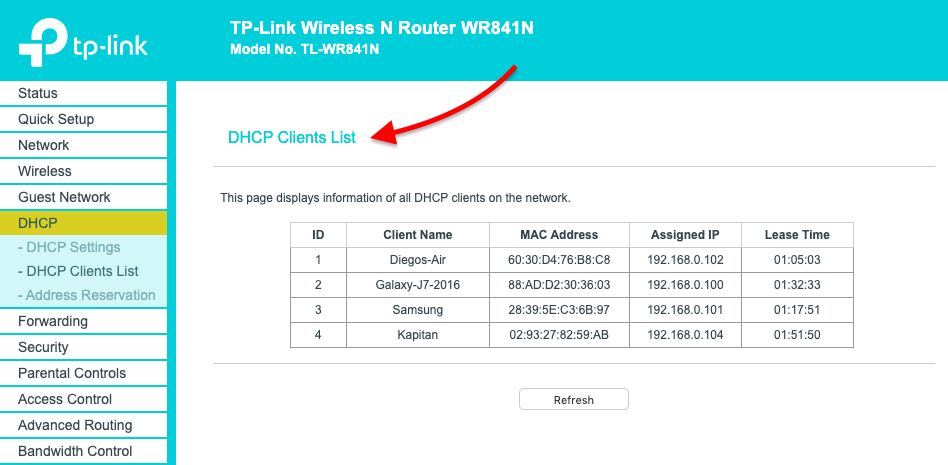
The distinction between EUI-48 and MAC-48 identifiers is in name and application only.


The IEEE encourages adoption of the more plentiful EUI-64 for non-Ethernet applications. The IEEE has a target lifetime of 100 years (until 2080) for applications using EUI-48 space and restricts applications accordingly. The IEEE manages allocation of MAC addresses, originally known as MAC-48 and which it now refers to as EUI-48 identifiers. This 48-bit address space contains potentially 2 48 (over 281 trillion) possible MAC addresses. The IEEE 802 MAC address originally comes from the Xerox Network Systems Ethernet addressing scheme.

The b0 bit distinguishes multicast and unicast addressing and the b1 bit distinguishes universal and locally administered addressing. However, two NICs connected to two different networks can share the same MAC address. Network nodes with multiple network interfaces, such as routers and multilayer switches, must have a unique MAC address for each NIC in the same network. MAC addresses are formed according to the principles of two numbering spaces based on extended unique identifiers (EUIs) managed by the Institute of Electrical and Electronics Engineers (IEEE): EUI-48-which replaces the obsolete term MAC-48-and EUI-64. The address typically includes a manufacturer's organizationally unique identifier (OUI). Many network interfaces, however, support changing their MAC address. Each address can be stored in hardware, such as the card's read-only memory, or by a firmware mechanism.

MAC addresses are primarily assigned by device manufacturers, and are therefore often referred to as the burned-in address, or as an Ethernet hardware address, hardware address, or physical address. As typically represented, MAC addresses are recognizable as six groups of two hexadecimal digits, separated by hyphens, colons, or without a separator. Within the Open Systems Interconnection (OSI) network model, MAC addresses are used in the medium access control protocol sublayer of the data link layer. This use is common in most IEEE 802 networking technologies, including Ethernet, Wi-Fi, and Bluetooth. Label of a UMTS router with MAC addresses for LAN and WLAN modulesĪ media access control address ( MAC address) is a unique identifier assigned to a network interface controller (NIC) for use as a network address in communications within a network segment.


 0 kommentar(er)
0 kommentar(er)
